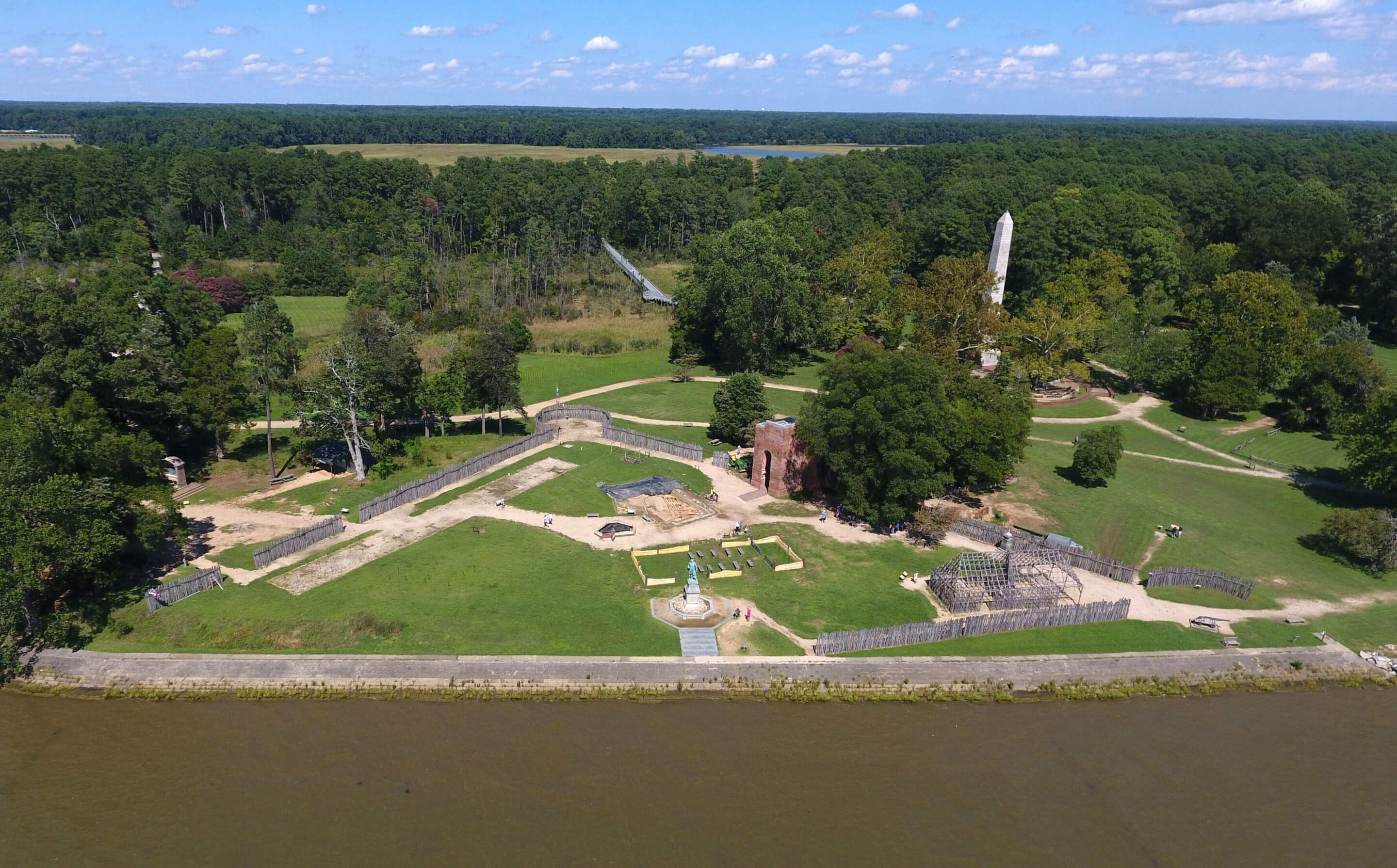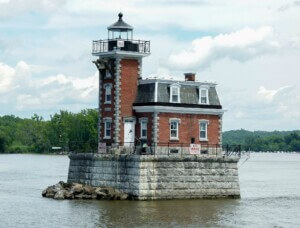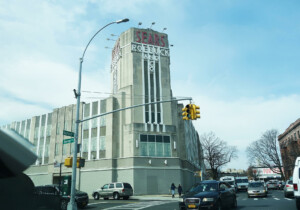One of Houston’s oldest-known platted African American cemeteries, the East Hampton home and studios of Abstract Expressionist artists James Brooks and Charlotte Park, a Jewish mortuary chapel in Hartford, and, in a first-of-its-kind inclusion, a series of 1960s and 70s-era Colorado murals created as part of the Chicano/a/x Movement, are among America’s 11 Most Endangered Historic Places for 2022.
Now in its 35th year, the National Trust for Historic Preservation’s annual list of architectural and cultural heritage sites that are at risk of suffering further damage or being lost altogether also often—but not always—features an imperiled modernist building or two. This year’s list features one, and it’s fascinating: the Francisco Q. Sanchez Elementary School, located in the tiny coastal village of Humåtak in southwestern Guam.
Constructed in 1953, the long-vacant and severely deteriorating primary school was one a small handful of realized structures designed by Richard Neutra in Guam, including the Government House, shortly after the island was established as an unincorporated organized territory of the United States in 1950. The school (the only in the village) was closed and abandoned in 2011 although a campaign—led by the Guam Preservation Trust and the mayor of Humåtak—is now underway to breathe new life into the International Style building.
Neutra buildings in far-flung places aside, the 2022 edition of the 11 Most Endangered Historic Places list isn’t themed, per se, but it does, as National Trust President Paul Edmondson put it “illuminate elemental themes that have framed the story of our nation—the quest for individual freedom, the demand for fairness and equal justice, the insistence to have a voice in society, and the ongoing struggles to make these dreams a reality.”
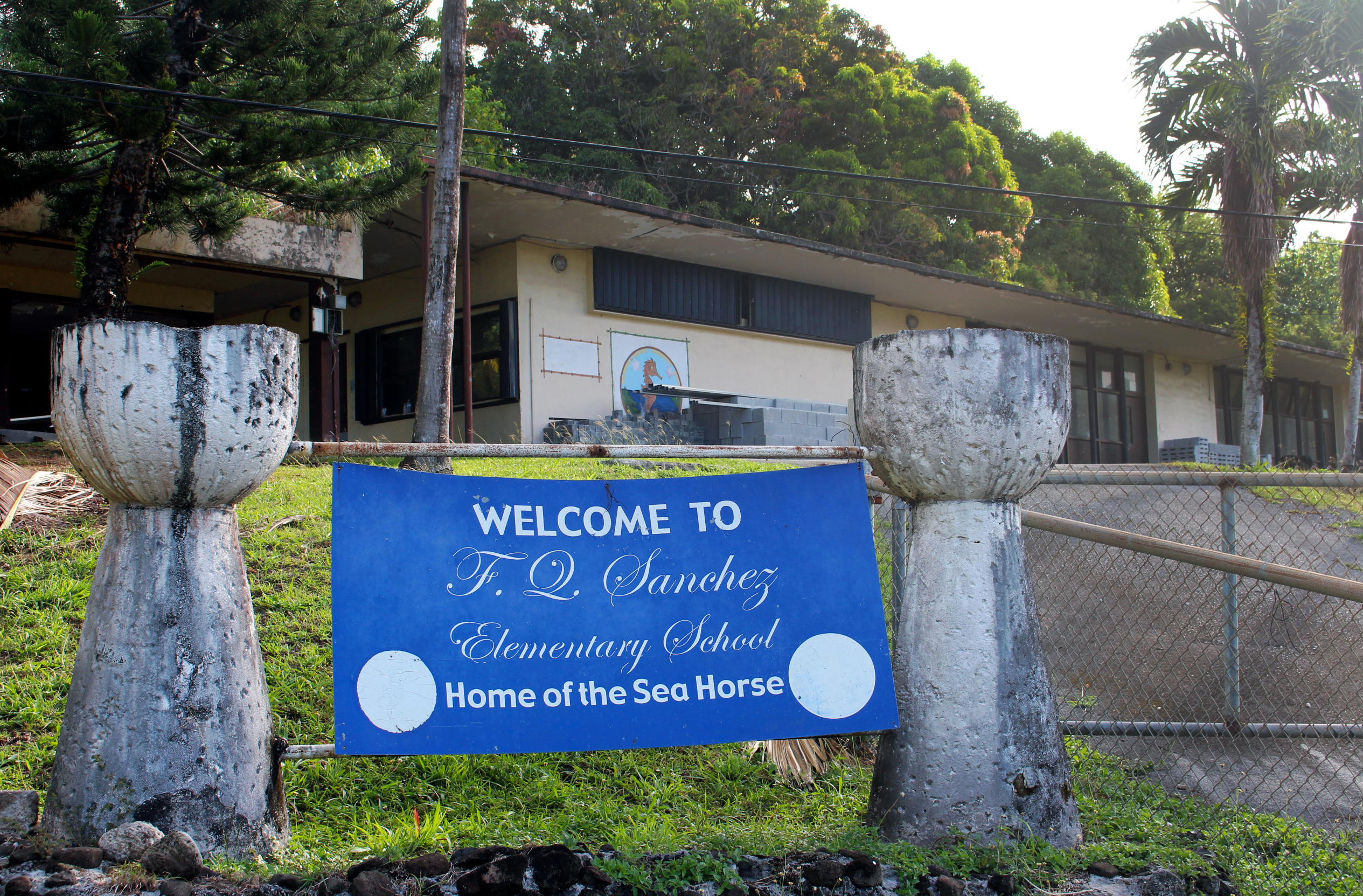
“These places give us a better understanding of the complex history of our nation and allow us to explore the ideas that continue to challenge us today,” Edmondson added. “And, with each year’s list, we are making greater strides in our effort to expand the work of preservation to tell the full American story.”
As evidenced by this year’s inclusion of flood-threatened Jamestown, the original site of the first permanent English settlement in North America and the first capital of the Virginia colony, the National Trust truly is looking back—very far back—in its American storytelling preservation efforts.
The dire—but not irremediable—predicaments facing this year’s 11 at-risk historic sites are, as usual, both varied and familiar: Severe weather and sea level rise brought on by climate change (as is the case with Jamestown), abandonment and neglect, real estate development, demolition, vandalism, gentrification, and on. In the cases of Selma, Alabama’s Brown Chapel AME Church, which played a key role in the Civil Rights Movement, and Idaho’s Minidoka National Historic Site, a former relocation camp where 13,000 Japanese Americans were incarcerated during World War II, the threats are more specific: a severe termite infestation and a proposed wind farm, respectively.
It’s worth noting that less than five percent of the more than 300 sites that have appeared on the 11 Most Endangered List over the years have been lost, meaning that the program functions as an awareness-raising call to action that spurs elevated preservation efforts.
For many threatened cultural sites, placement on the list is a “saving grace,” per the National Trust. Katherine Malone-France, chief preservation officer of the National Trust, noted that “by including them [at-risk sites] on this list, we have an opportunity to recognize their significance and fight to protect them, rather than watching them disappear from our national landscape and fade into memory.”
Below is the full list of America’s Most Endangered Historic Places for 2022. More information about each site can be found here.
Brown Chapel AME Church | Selma, Alabama

Camp Naco | Naco, Arizona

Chicano/a/x Community Murals of Colorado
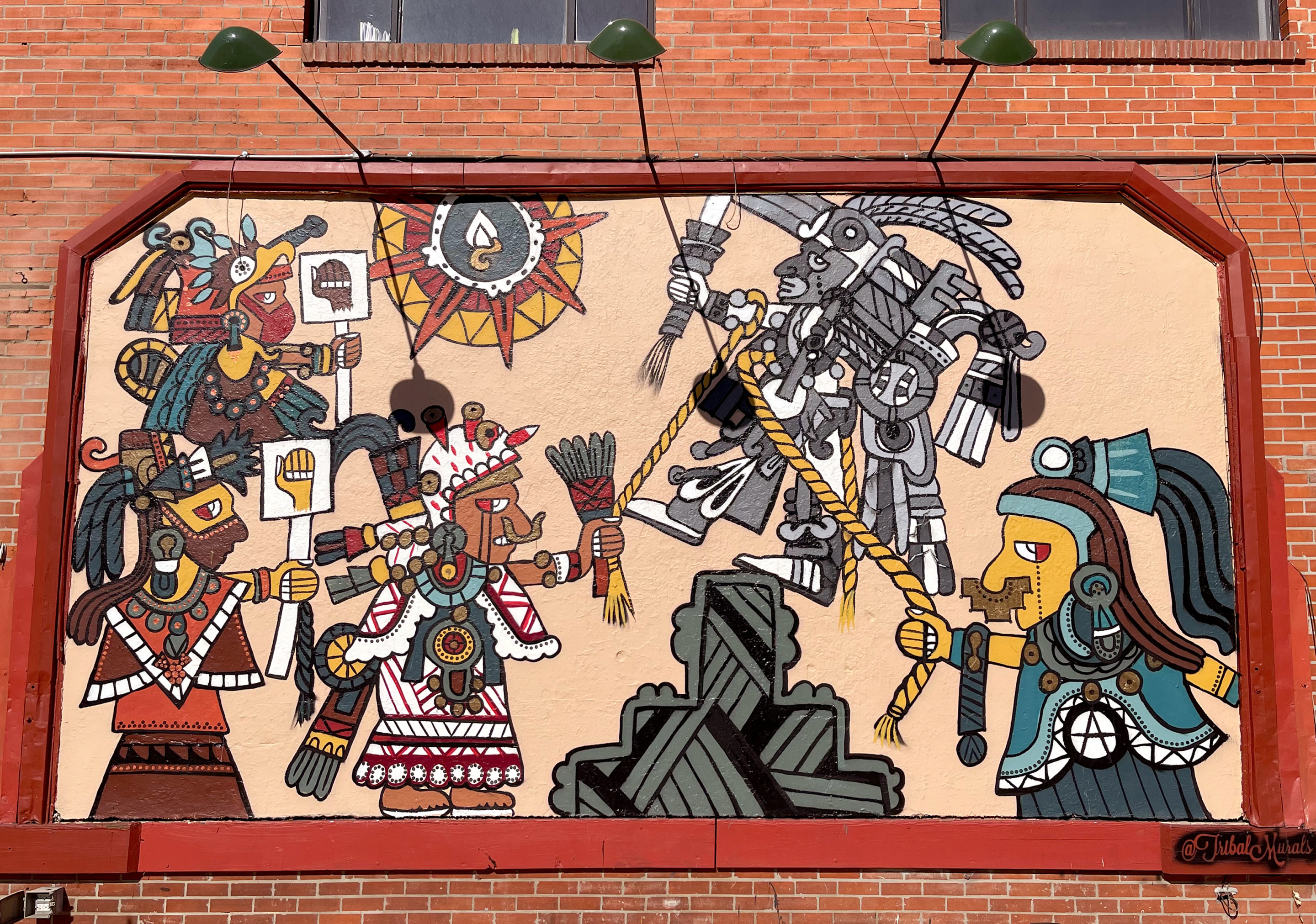
The Deborah Chapel | Hartford, Connecticut
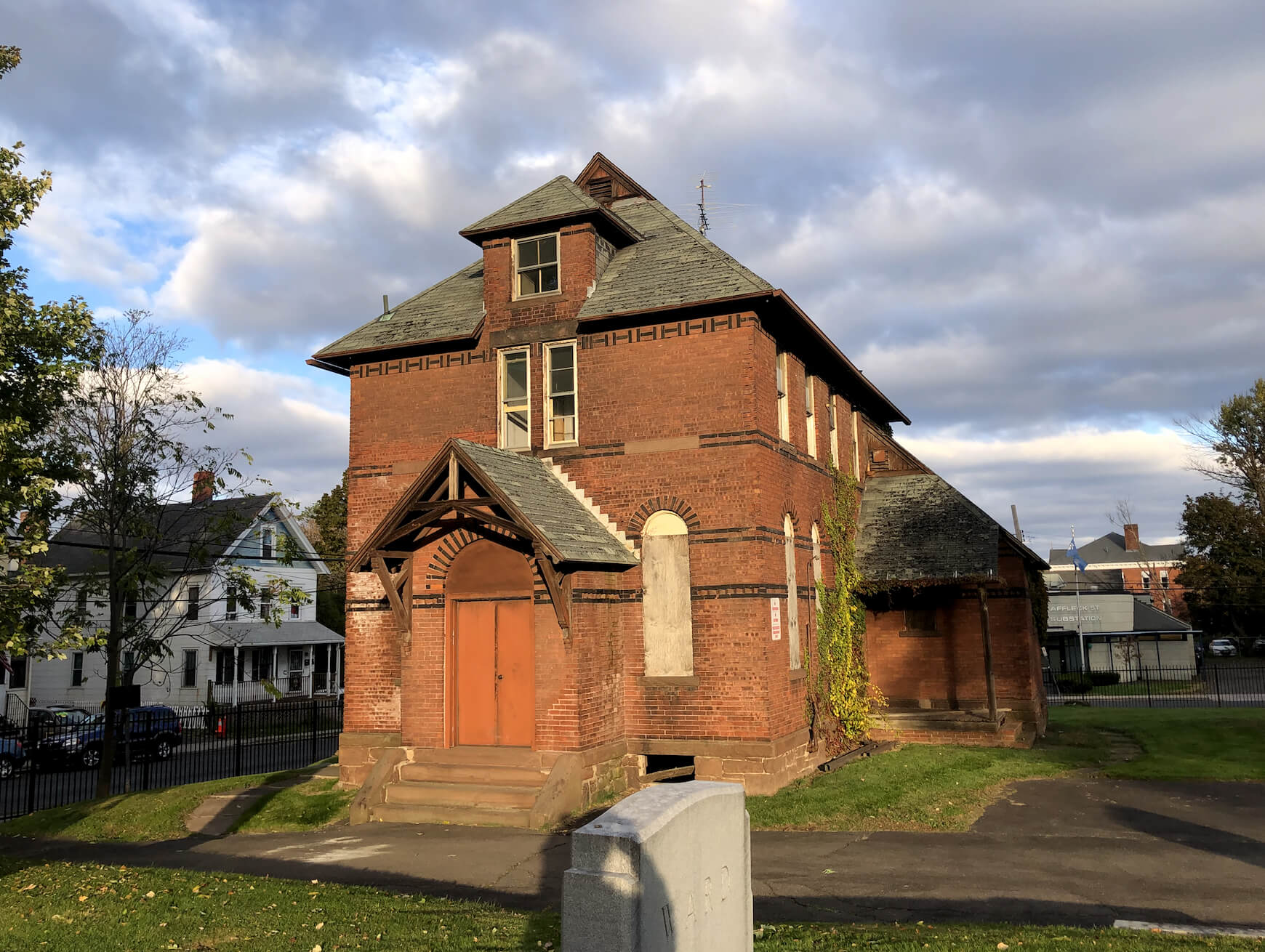
Francisco Q. Sanchez Elementary School | Humåtak, Guam
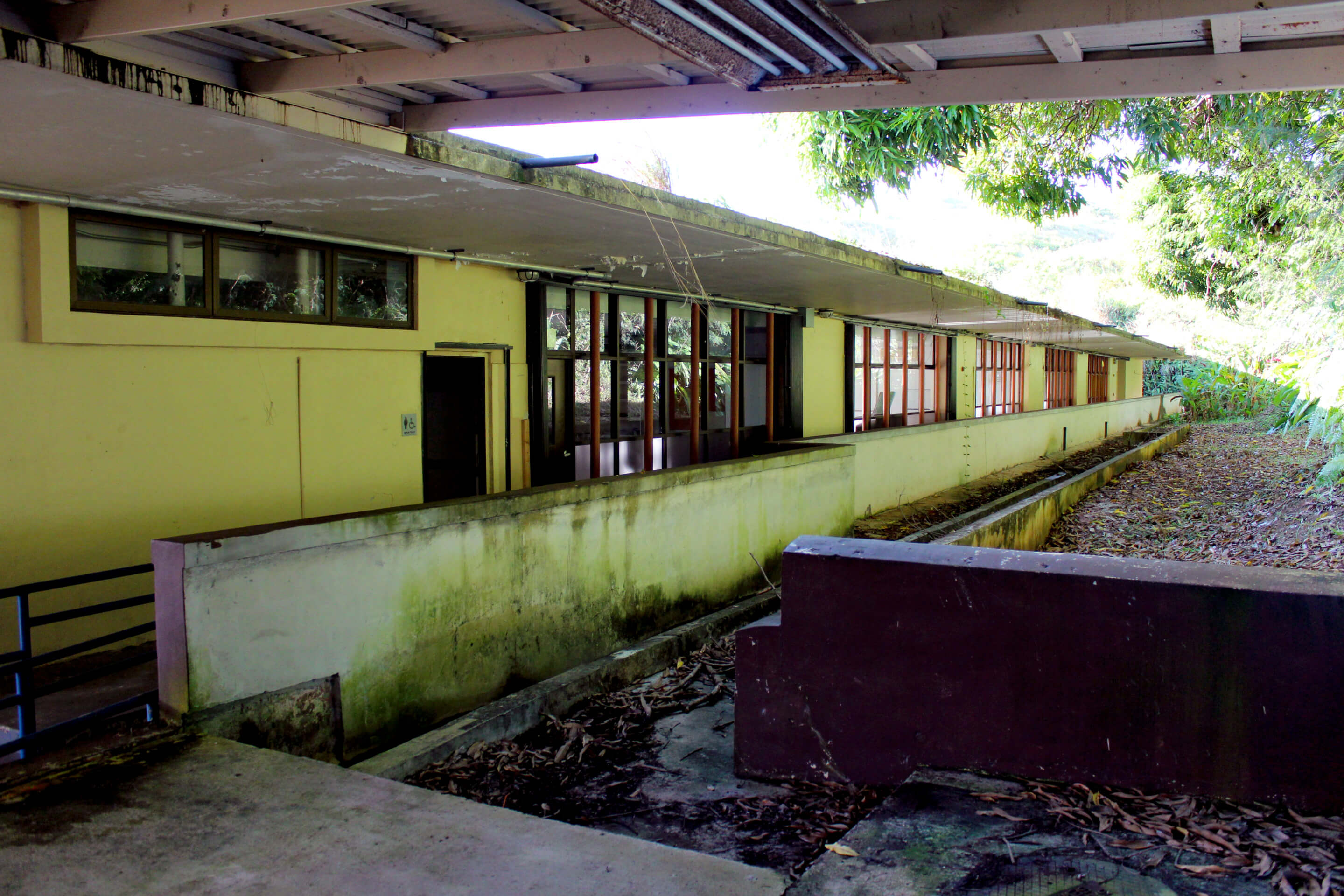
Minidoka National Historic Site | Jerome, Idaho
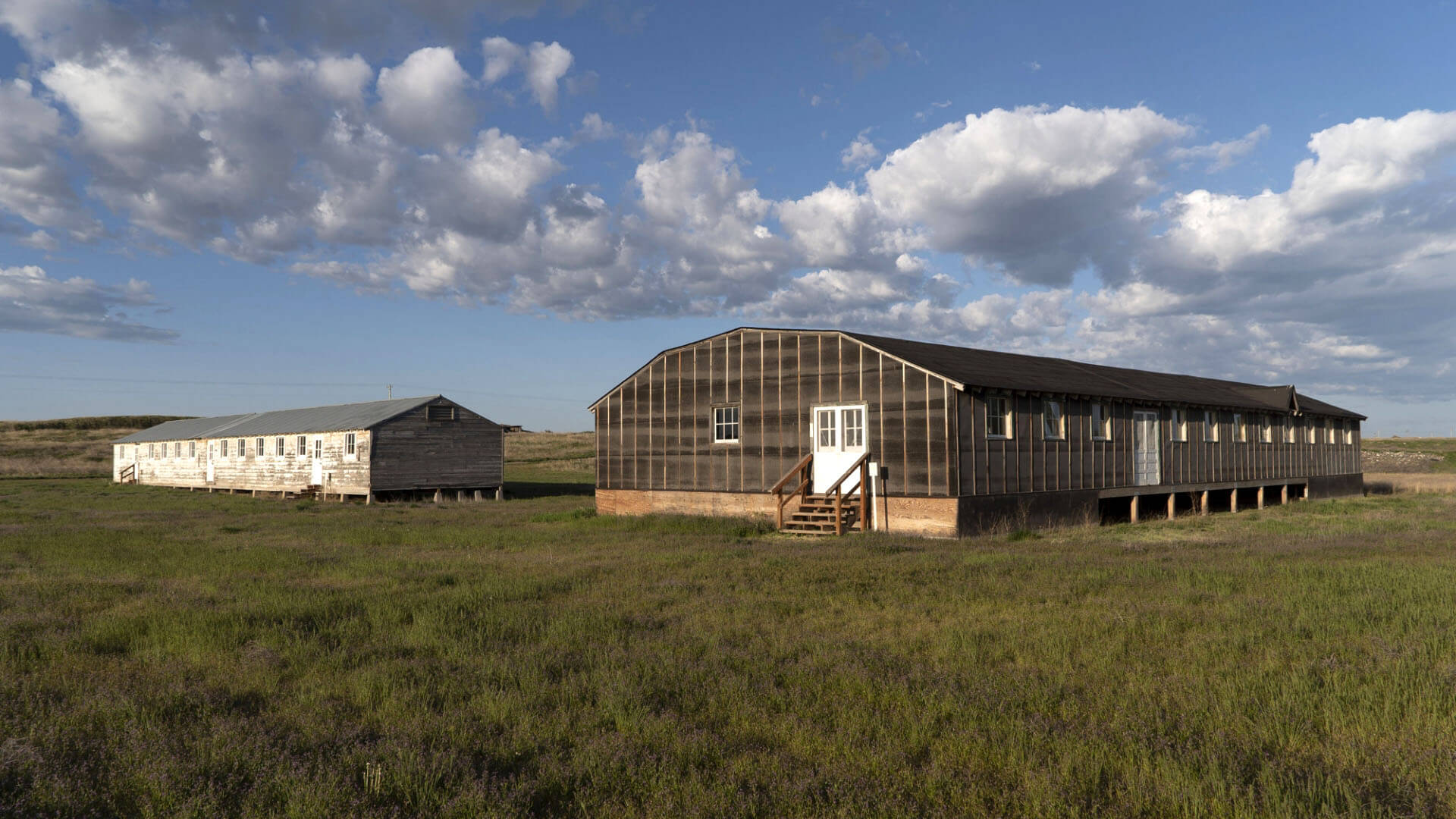
Picture Cave | Warren County, Missouri

Brooks-Park Home and Studios | East Hampton, New York

Palmer Memorial Institute | Sedalia, North Carolina

Olivewood Cemetery | Houston
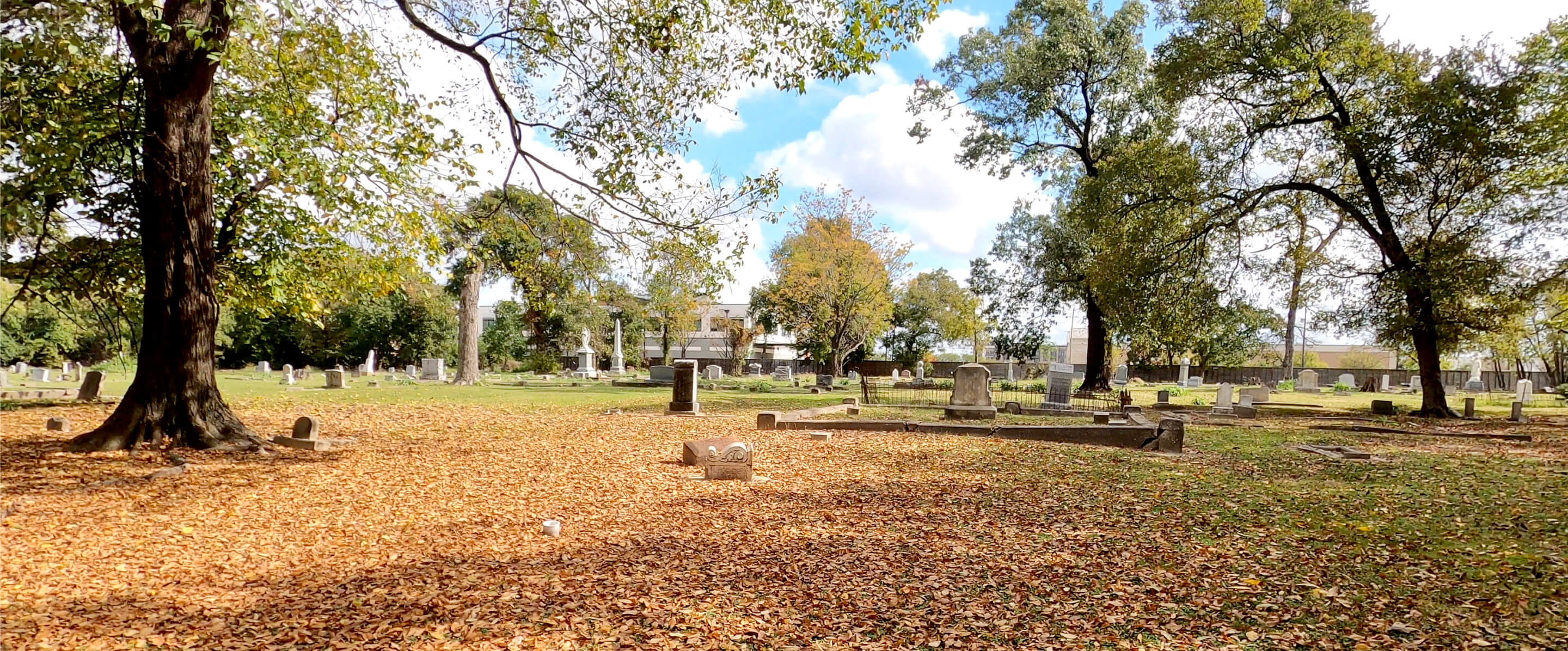
Jamestown, Virginia
